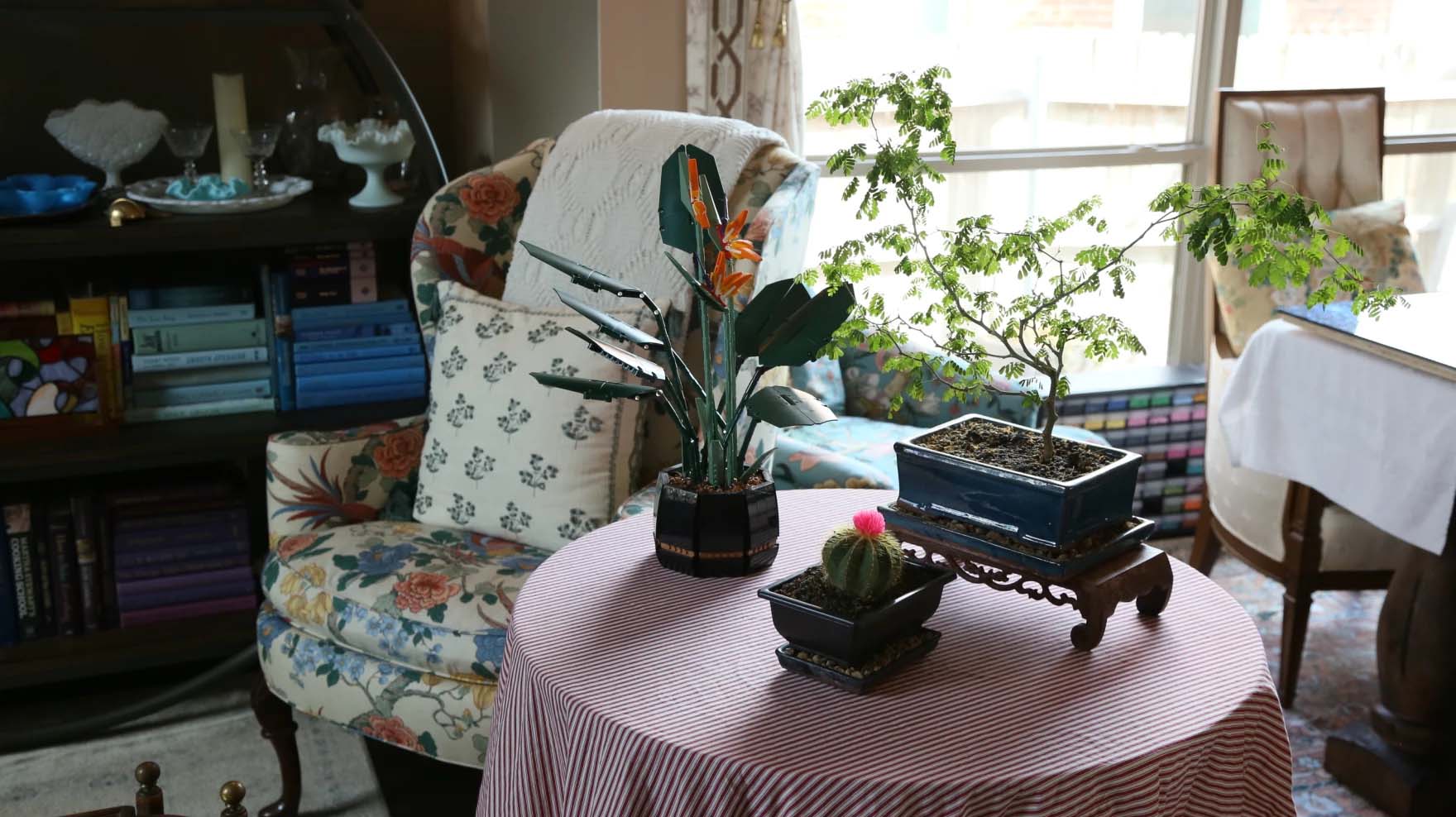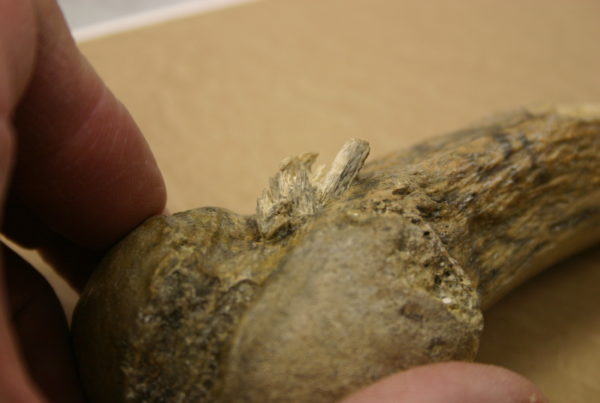From KERA News:
Andrew Schmidt first experimented with bonsai, the miniature trees, 20 years ago. Today he tends 25 trees around his house in Fort Worth.
But he’s also a fan and collector of other plants…plastic ones. He’s created orchids, bonsai and whole flower bouquets – all made of LEGO.
“For people who might think they’re not interested in toys, this is a nice way to show that it’s a creative outlet first and it’s made out of the same plastic that other toys are made out of,” he said. “But there is that sense of invitation to be creative.”
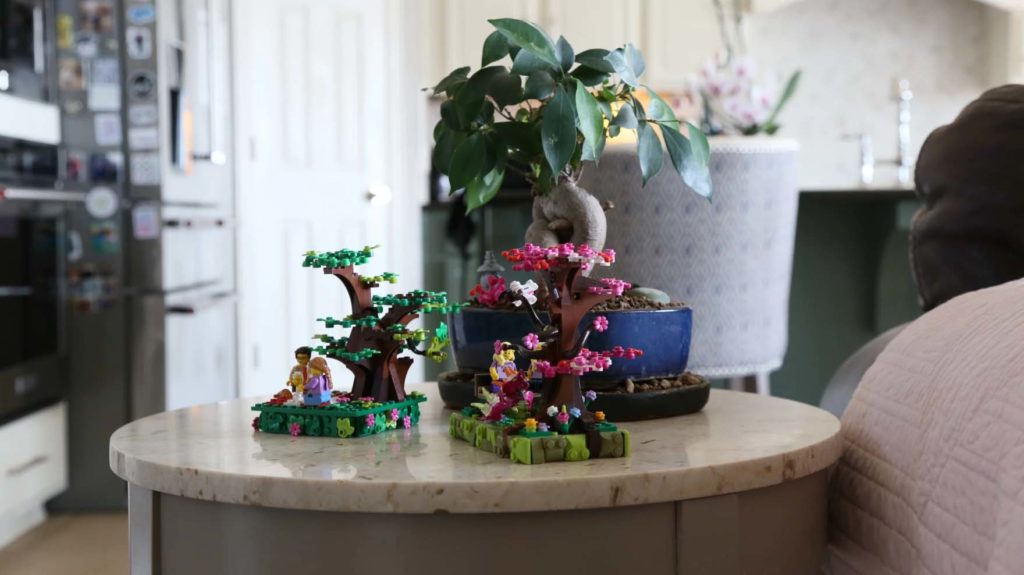
Andrew Schmidt’s daughters made these LEGO trees themselves. He said it’s a creative way to connect with his family.
Galilee Abdullah / KERA
The LEGO botanical collection launched in 2021, during the pandemic. Schmidt has all the sets. He’s also a member of the Dallas Fort Worth LEGO Users group.
“What I appreciate about the botanicals is not only are they permanent blooms indoors, especially this time of year when things are closing down a bit with the real plants,” he said. “But they also were a way to reinforce that LEGO is for everybody.”
Schmidt began collecting LEGO as a child. He says working on bonsai and building LEGO are actually similar.
“I think of them both as a very meditative experience, they take patience and artistry and planning and what I like about both of them is you can make mistakes and experiment,” he said. “And if something doesn’t work you can try again, and so they’re very forgiving hobbies in that way.”
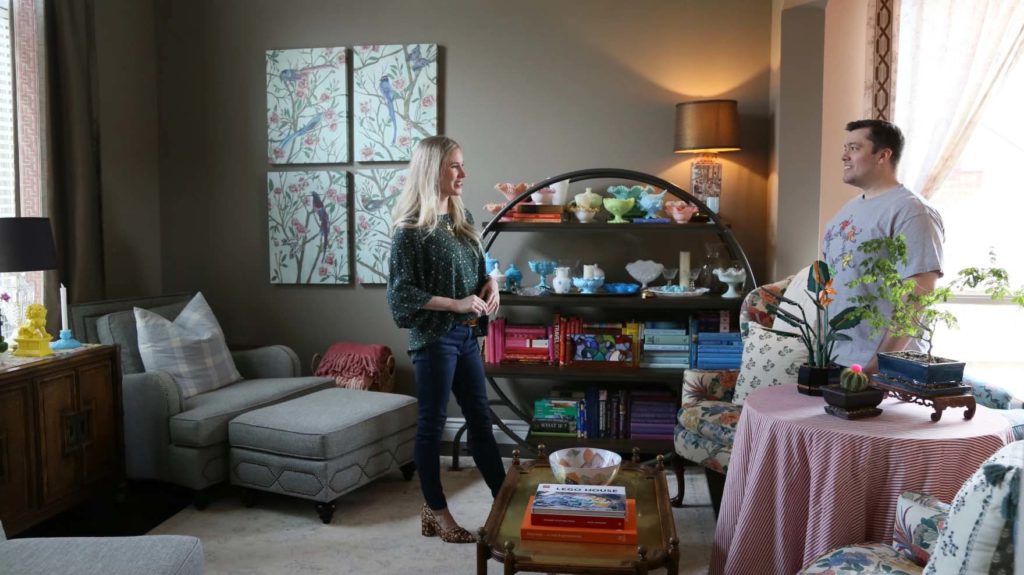
Lori Schmidt said the LEGO botanical sets fit in beautifully with the rest of the interior décor of their home.
Galilee Abdullah / KERA
Schmidt’s wife Lori said she doesn’t really work on LEGOs. But she loves how the botanical sets fit into their home. She sees them as art.
“I think they’re so sophisticated looking, and I don’t mind the botanical sets being incorporated all over the house,” she said. “I think they bring sort of a nice richness and texture to the design of our home.”
That element of interior décor may explain the botanical sets’ popularity, said Brian Williams, who wrote “The LEGO Lighting Book.” They’ve been very successful, he said.
“At least the store managers that I know are saying they’re moving very quickly,” he said. “It reaches a different strap of society, a different person who maybe wasn’t really into LEGO.”
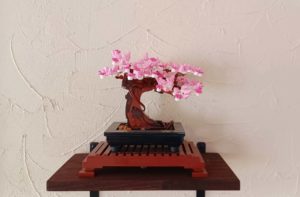
Jocelyn Tiner said she has every LEGO botanical set. The LEGO bonsai has both a traditional green variation, and a Japanese cherry blossom tree variation as well.
Photo courtesy Jocelyn Tiner
Another reason they’re popular? They actually look real. John Wayne Daugherty of The Colony has three botanical sets.
“It so much imitates real life, in the scale of it, and then just the creativeness that the designers have undertaken in trying to take various LEGO elements and put them together in a certain way with a certain color to try to mimic real life,” he said.
Jocelyn Tiner of Carrollton has two of every botanical set. She says even people who don’t collect other kinds of LEGO are attracted to them.
“I can’t count how many people said to us that they thought the bouquet set was real flowers in a vase until they got up close,” she said.
Tiner points out the most obvious benefit to LEGO bouquets. They never die.
She said, “I love that because I’ve killed every plant that I’ve tried to grow!”


